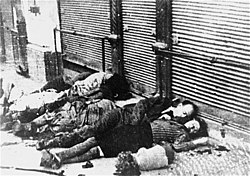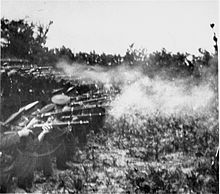
The Nuremberg trials were held by the Allies against representatives of the defeated Nazi Germany, for plotting and carrying out invasions of other countries, crimes against humanity, and other crimes, in World War II.
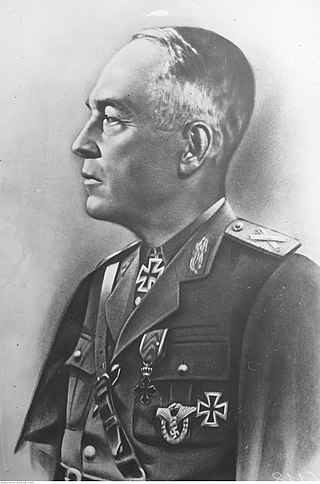
Ion Antonescu was a Romanian military officer and marshal who presided over two successive wartime dictatorships as Prime Minister and Conducător during most of World War II. Having been responsible for facilitating the Holocaust in Romania, he was tried for war crimes and executed in 1946.
The Kingdom of Romania, under the rule of King Carol II, was initially a neutral country in World War II. However, Fascist political forces, especially the Iron Guard, rose in popularity and power, urging an alliance with Nazi Germany and its allies. As the military fortunes of Romania's two main guarantors of territorial integrity—France and Britain—crumbled in the Fall of France, the government of Romania turned to Germany in hopes of a similar guarantee, unaware that the then-dominant European power had already granted its blessing to Soviet claims on Romanian territory, in a secret protocol of 1939's Molotov–Ribbentrop Pact.

Mihai Antonescu was a Romanian politician who served as Deputy Prime Minister and Foreign Minister during World War II, executed in 1946 as a war criminal.
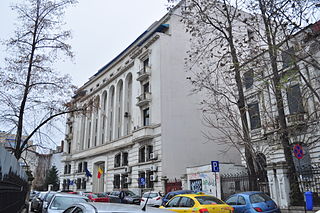
The High Court of Cassation and Justice is Romania's supreme court, and the court of last resort. It is the equivalent of France's Cour de Cassation and serves a similar function to other courts of cassation around the world.

The Iași pogrom was a series of pogroms launched by governmental forces under Marshal Ion Antonescu in the Romanian city of Iași against its Jewish community, which lasted from 29 June to 6 July 1941. According to Romanian authorities, over 13,266 people, or one third of the Jewish population, were massacred in the pogrom itself or in its aftermath, and many were deported. It was one of the worst pogroms during World War II.
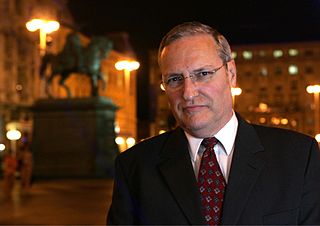
Efraim Zuroff is an American-born Israeli historian and Nazi hunter who has played a key role in bringing indicted Nazi and fascist war criminals to trial. Zuroff, the director of the Simon Wiesenthal Center office in Jerusalem, is the coordinator of Nazi war crimes research worldwide for the Wiesenthal Center and the author of its annual "Status Report" on the worldwide investigation and prosecution of Nazi war criminals which includes a list of most-wanted Nazi war criminals.

The Transnistria Governorate was a Romanian-administered territory between the Dniester and Southern Bug, conquered by the Axis Powers from the Soviet Union during Operation Barbarossa. A Romanian civilian administration governed the territory from 19 August 1941 to 29 January 1944. A brief military administration followed, during which the Romanians withdrew from the region by late March 1944. German control became official on 1 April 1944.

Nichifor Crainic was a Romanian writer, editor, philosopher, poet and theologian famed for his traditionalist activities. Crainic was also a professor of theology at the Bucharest Theological Seminary and the Chișinău Faculty of Theology. He was an important racist ideologue, and a far-right politician. He was one of the main Romanian fascist and antisemitic ideologues.
The two Romanian People's Tribunals, the Bucharest People's Tribunal and the Northern Transylvania People's Tribunal were set up by the post-World War II government of Romania, overseen by the Allied Control Commission to try suspected war criminals, in line with Article 14 of the Armistice Agreement with Romania which said: "The Romanian Government and High Command undertake to collaborate with the Allied (Soviet) High Command in the apprehension and trial of persons accused of war crimes".

Between 21 and 23 January 1941, a rebellion of the Iron Guard paramilitary organization, whose members were known as Legionnaires, occurred in Bucharest, Romania. As their privileges were being gradually removed by the Conducător Ion Antonescu, the Legionnaires revolted. During the rebellion and subsequent pogrom, the Iron Guard killed 125 Jews, and 30 soldiers died in the confrontation with the rebels. Following this, the Iron Guard movement was banned and 9,000 of its members were imprisoned.
Valerian Trifa was a Romanian Orthodox cleric and fascist political activist, who served as archbishop of the Romanian Orthodox Church in America and Canada. For part of his life, he was a naturalized citizen of the United States, until he was stripped of his American citizenship for lying about his involvement in the murder of hundreds of Jews during the Holocaust and World War II.

Visarion Puiu was a metropolitan bishop of the Romanian Orthodox Church. During World War II, at a time when Romania was an ally of Nazi Germany, he served as the leading Eastern Orthodox clergyman in occupied Transnistria, a territory where several hundred thousand Jews were murdered. In August 1944, when Romania switched sides, he took refuge in Nazi Germany.

The Holocaust in Romania was the development of The Holocaust in the Kingdom of Romania. 380,000–400,000 Jews were murdered in Romanian-controlled areas, including Bessarabia, Bukovina and Transnistria. Romania ranks first among Holocaust perpetrator countries other than Nazi Germany.

Gustav Richter was an aide to Adolf Eichmann, an adviser on Jewish affairs (Judenberater), during Nazism era. He was a member of the Nazi Party and of the SS, the paramilitary organization of the Nazi Party.

Eugen Cristescu was the second head of the Kingdom of Romania's domestic espionage agency, the Secret Intelligence Service (SSI), forerunner of today's SRI, convicted in 1946 as a war criminal. He previously served as head of Siguranța Statului, the secret police.
Corneliu Calotescu was a Romanian major-general during World War II.
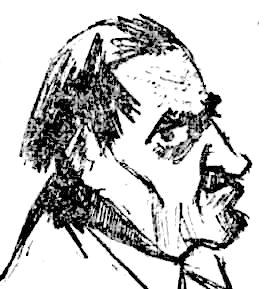
Radu D. Lecca was a Romanian spy, journalist, civil servant and convicted war criminal. A World War I veteran who served a prison term for espionage in France during the early 1930s, he was a noted supporter of antisemitic concepts and, after 1933, an agent of influence for Nazi Germany. While becoming a double agent for Romania's Special Intelligence Service (SSI), Lecca was involved in fascist politics, gained in importance during World War II and the successive dictatorships, and eventually grew close to Conducător Ion Antonescu.
After the fall of Communism in Romania, between 1995 and 2004, a number of war criminals were rehabilitated by the Romanian Supreme Court. The rehabilitation process was part of the general efforts made by Romania to distance itself from its Communist past, as those convicted were sentenced after the country fell under Soviet influence in the wake of World War II. However, as a former Axis country during the Second World War, these rehabilitation initiatives put Romania at odds with the West, as the former was seeking to join NATO and EU. Thus, the number of acquittals was relatively small, and rehabilitation initiatives ceased altogether in 2004, after Romania joined NATO.

Gheorghe Alexianu was a Romanian lawyer, high school teacher and associate professor who served as governor of Transnistria between 1941 and 1944. In 1946, he was accused and convicted of war crimes, crimes against peace and crimes against humanity; he was sentenced to death by the Bucharest People's Tribunal, and was executed on June 1, 1946 by shooting.
